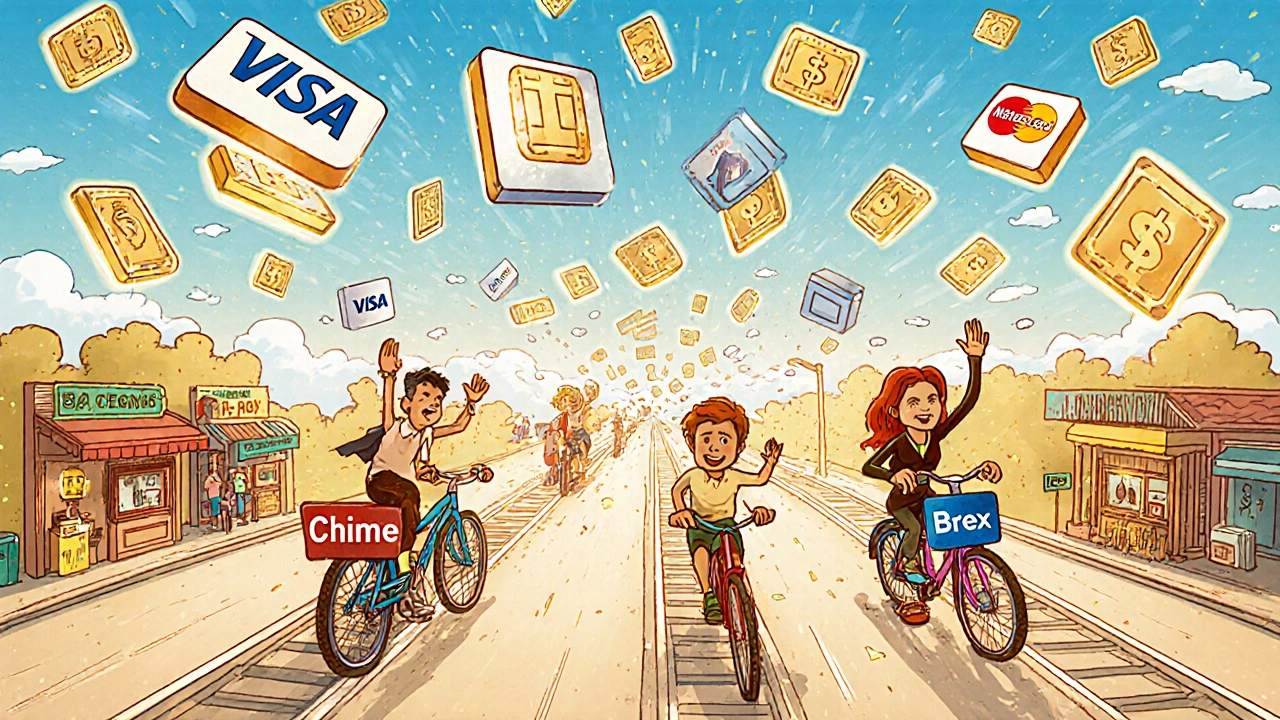Card Schemes Explained: How Payment Networks Like Visa and Mastercard Actually Work
When you tap your phone or swipe a card, you’re not just paying a store—you’re triggering a complex chain of systems called card schemes, the networks that authorize, clear, and settle payments between banks, merchants, and consumers. Also known as payment networks, they’re the hidden infrastructure that makes modern money move without cash. Think of them as the traffic cops of your money: they don’t hold your funds, but they decide if the transaction gets approved, who pays who, and how fast it happens.
There are only a few major card schemes, the dominant global networks that issue payment cards and manage the rules for transactions. Also known as payment networks, they’re the backbone of digital spending. Visa and Mastercard handle most of the world’s debit and credit card traffic, but others like American Express, a card scheme that issues its own cards and processes payments directly, unlike Visa or Mastercard which work through partner banks and Discover, a U.S.-based card scheme that operates its own network and is widely accepted domestically play key roles in specific markets. These networks don’t lend money—they set the rules, charge fees to banks and merchants, and ensure the whole system stays secure and reliable.
Card schemes connect to your bank (the issuer) and the store’s bank (the acquirer) through a chain of processors and gateways. Every time you pay, the scheme checks if your card is valid, if you have funds, and if the merchant is legitimate—all in under a second. Behind the scenes, they also manage fraud detection, currency conversion, and dispute resolution. That’s why your $5 coffee in Tokyo works the same way as your $500 laptop purchase in Chicago: the same card scheme is handling both, even if different banks are involved.
You’ll see card schemes in action every time you use a payment app, buy online, or even get cash from an ATM. But they’re not just for credit cards—debit cards, prepaid cards, and even contactless mobile wallets rely on them. The rise of digital payments hasn’t replaced card schemes; it’s made them even more central. Platforms like Apple Pay and Google Pay still route transactions through Visa or Mastercard—they just add a layer of convenience on top.
That’s why understanding card schemes matters. If you run a small business, knowing which schemes you accept affects your fees and customer reach. If you’re investing, their earnings and market share tell you a lot about the future of finance. And if you’re just trying to figure out why your card got declined, it’s often because of a rule set by the scheme—not your bank, not the merchant, but the network itself.
Below, you’ll find clear, no-fluff guides that break down how these systems really work—from the invisible infrastructure that powers your payments to the hidden fees, security layers, and global rules that keep everything running. Whether you’re a founder, a trader, or someone who just wants to know why their card works at all, these posts give you the real story—not the marketing.
How Fintech Companies Work With Payment Networks and Card Schemes
Fintech companies rely on payment networks like Visa and Mastercard to process card transactions. Learn how interchange fees, network rules, and certification impact their revenue-and why understanding these systems is critical for success.
View More